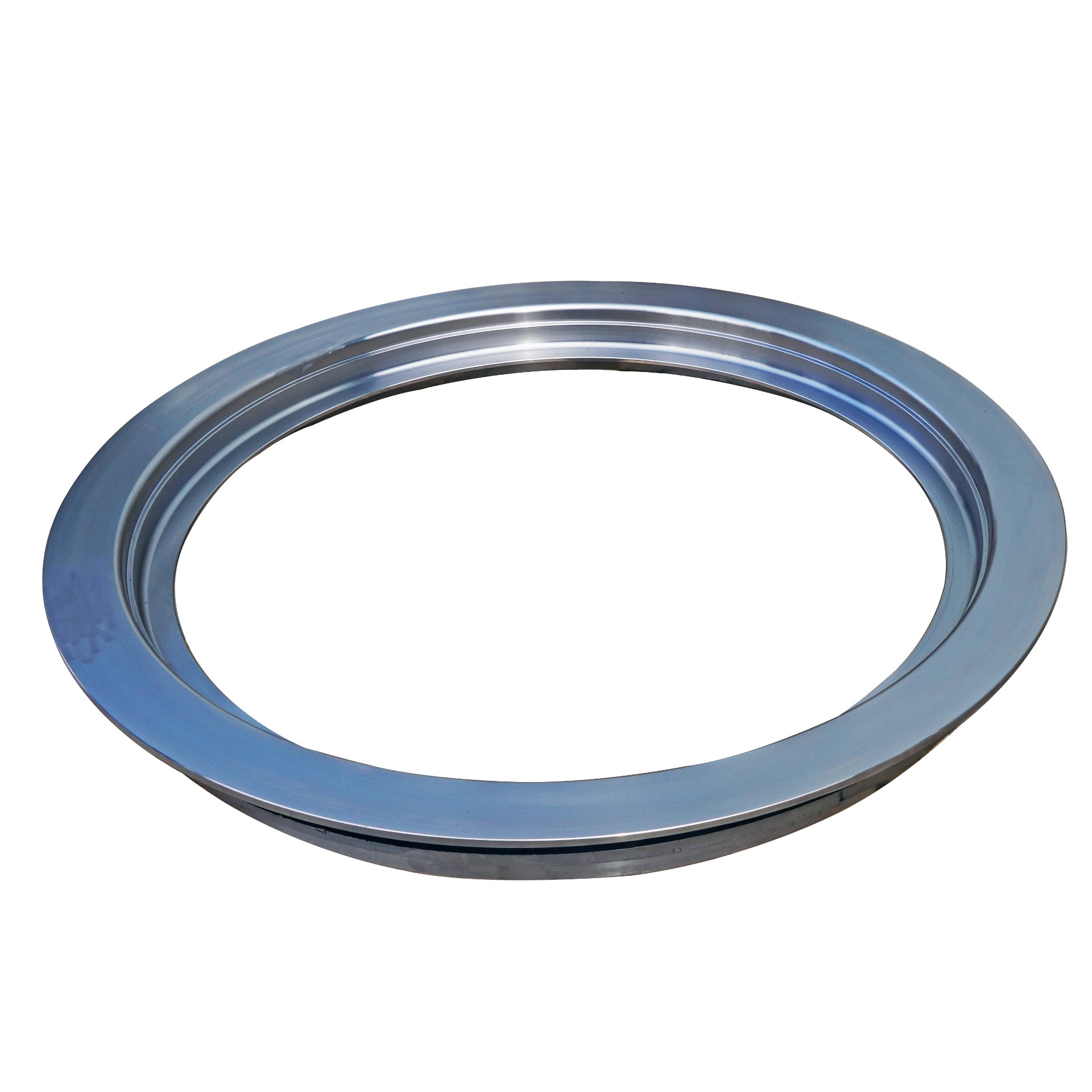- Afrikaans
- Albanian
- Amharic
- Arabic
- Armenian
- Azerbaijani
- Basque
- Belarusian
- Bengali
- Bosnian
- Bulgarian
- Catalan
- Cebuano
- China
- China (Taiwan)
- Corsican
- Croatian
- Czech
- Danish
- Dutch
- English
- Esperanto
- Estonian
- Finnish
- French
- Frisian
- Galician
- Georgian
- German
- Greek
- Gujarati
- Haitian Creole
- hausa
- hawaiian
- Hebrew
- Hindi
- Miao
- Hungarian
- Icelandic
- igbo
- Indonesian
- irish
- Italian
- Japanese
- Javanese
- Kannada
- kazakh
- Khmer
- Rwandese
- Korean
- Kurdish
- Kyrgyz
- Lao
- Latin
- Latvian
- Lithuanian
- Luxembourgish
- Macedonian
- Malgashi
- Malay
- Malayalam
- Maltese
- Maori
- Marathi
- Mongolian
- Myanmar
- Nepali
- Norwegian
- Norwegian
- Occitan
- Pashto
- Persian
- Polish
- Portuguese
- Punjabi
- Romanian
- Russian
- Samoan
- Scottish Gaelic
- Serbian
- Sesotho
- Shona
- Sindhi
- Sinhala
- Slovak
- Slovenian
- Somali
- Spanish
- Sundanese
- Swahili
- Swedish
- Tagalog
- Tajik
- Tamil
- Tatar
- Telugu
- Thai
- Turkish
- Turkmen
- Ukrainian
- Urdu
- Uighur
- Uzbek
- Vietnamese
- Welsh
- Bantu
- Yiddish
- Yoruba
- Zulu
Nov . 25, 2024 02:43 Back to list
Optimizing Wholesale Lost Wax Casting for Enhanced Quality and Cost Efficiency
Understanding Wholesale Lost Wax Casting A Comprehensive Overview
Lost wax casting, also known as investment casting, is a time-honored technique that has been utilized for thousands of years to produce intricate metal items. This method is particularly revered for its ability to create highly detailed and precise components, making it a preferred choice across various industries, including jewelry, automotive, aerospace, and industrial machinery. With the growth of wholesale markets, understanding the nuances of wholesale lost wax casting is crucial for manufacturers, suppliers, and buyers alike.
The Fundamentals of Lost Wax Casting
At its core, the lost wax casting process involves creating a wax pattern that represents the final product. This wax pattern is coated with a ceramic material to create a mold. Once the mold is formed, the wax is melted away, leaving a hollow cavity that can be filled with molten metal. This method allows for exceptional detail and the production of complex shapes that would be challenging to achieve through other means.
The typical steps involved in the lost wax casting process are as follows
1. Pattern Creation A wax model that replicates the desired final product is created, often through injection molding or hand-sculpting. 2. Shell Building The wax pattern is coated with a heat-resistant ceramic material, creating a shell around the model.
3. Wax Removal The shell is heated, causing the wax to melt and drain out, leaving behind a hollow mold.
4. Metal Pouring Once the mold is prepared, molten metal is poured into the cavity to form the final product.
5. Finishing Touches After the metal has cooled and solidified, the shell is broken away, and the casting is cleaned and finished.
Advantages of Wholesale Lost Wax Casting
One of the most significant advantages of wholesale lost wax casting is its ability to produce high-quality components in bulk
. For businesses looking to scale their production, this method offers several benefitswholesale lost wax casting

1. Detail and Precision The lost wax method can capture intricate designs and fine details, making it ideal for items like jewelry and components that require exact specifications.
2. Material Versatility Many metals can be used in lost wax casting, including gold, silver, bronze, and various alloys, allowing for diverse applications.
3. Cost-Efficiency While the initial setup costs for lost wax casting can be high, manufacturing in bulk significantly reduces per-unit costs, making it an economical choice for large orders.
4. Scalability As demand increases, the process can be easily scaled up to produce larger quantities without compromising quality, which is essential for wholesale suppliers.
Market Trends and Applications
The wholesale lost wax casting market has seen a notable uptick in demand across numerous sectors. In the jewelry industry, custom designs are in high demand, allowing artisans to showcase their creativity. In automotive and aerospace engineering, lost wax casting is critical for producing lightweight yet durable components. Recent advancements in technology and materials have further enhanced the capabilities of lost wax casting, allowing for even greater precision and efficiency.
Challenges in Wholesale Lost Wax Casting
Despite its advantages, there are challenges associated with wholesale lost wax casting that manufacturers must navigate. Quality control is paramount; even minor imperfections in the molds can lead to significant issues in the final product. Additionally, the process requires skilled labor and meticulous attention to detail, which can be a limiting factor for some businesses.
Supply chain issues can also affect the availability of raw materials and the ability to meet production deadlines. Thus, establishing strong relationships with reliable suppliers is critical for those engaged in wholesale lost wax casting.
Conclusion
Wholesale lost wax casting represents a unique intersection of art and engineering, enabling the production of high-quality, highly detailed products across various industries. As demand continues to grow, understanding the intricacies of this process will be vital for businesses seeking to leverage its benefits. By embracing both the strengths and challenges of lost wax casting, manufacturers can position themselves for success in a competitive marketplace. Whether in jewelry design or industrial applications, the art of lost wax casting will continue to play a significant role in manufacturing innovation.
-
Durable Cast Iron Water Main Pipe | AI-Optimized Design
NewsAug.05,2025
-
8mm Thin-Walled Cast Steel Manhole Cover Pallet Bottom Ring | Durable
NewsAug.04,2025
-
Premium Cast Iron Water Main Pipe: Durable, Corrosion-Resistant
NewsAug.03,2025
-
Durable Cast Iron Water Mains | AI-Optimized Systems
NewsAug.02,2025
-
High-Efficiency Propane Boiler for Baseboard Heat | Save Energy
NewsAug.01,2025
-
Premium Source Suppliers for Various Gray Iron Castings
NewsJul.31,2025


